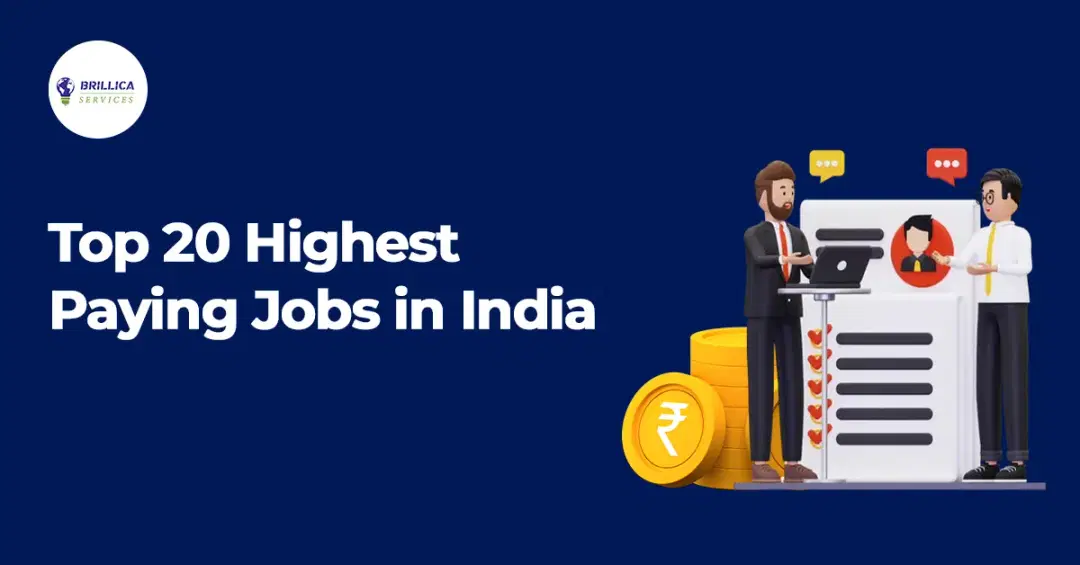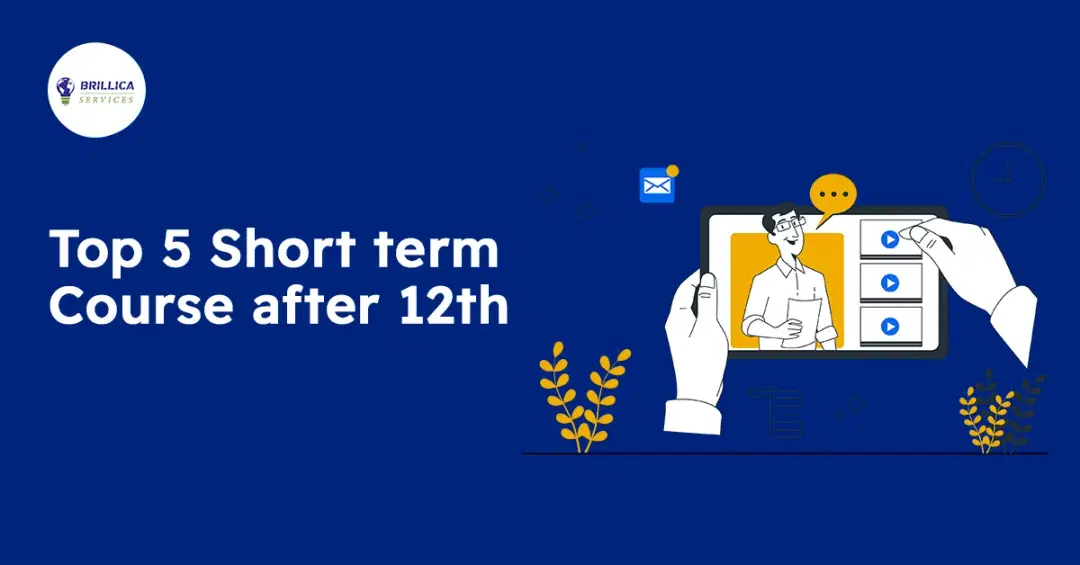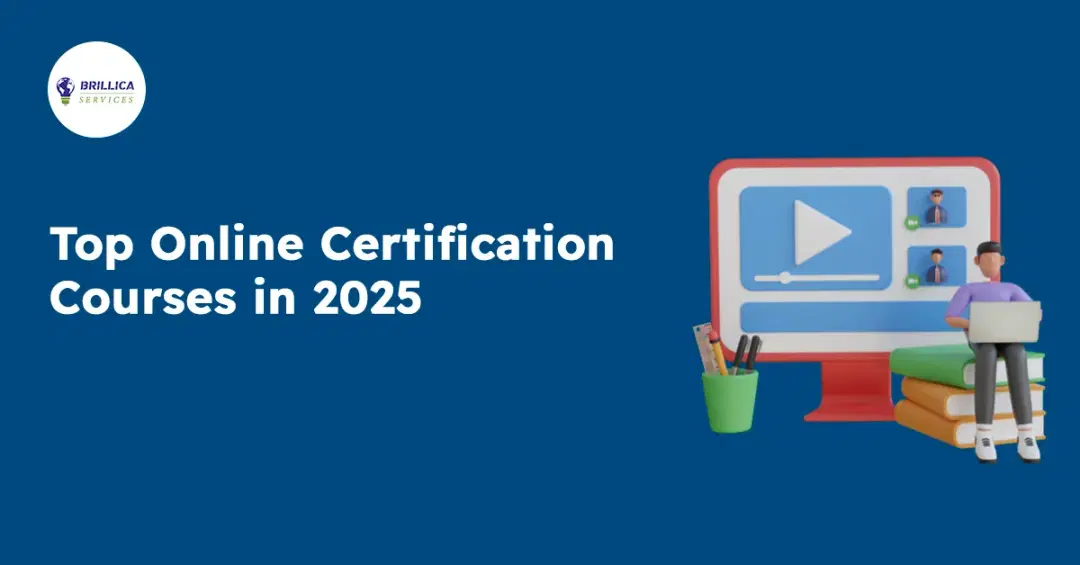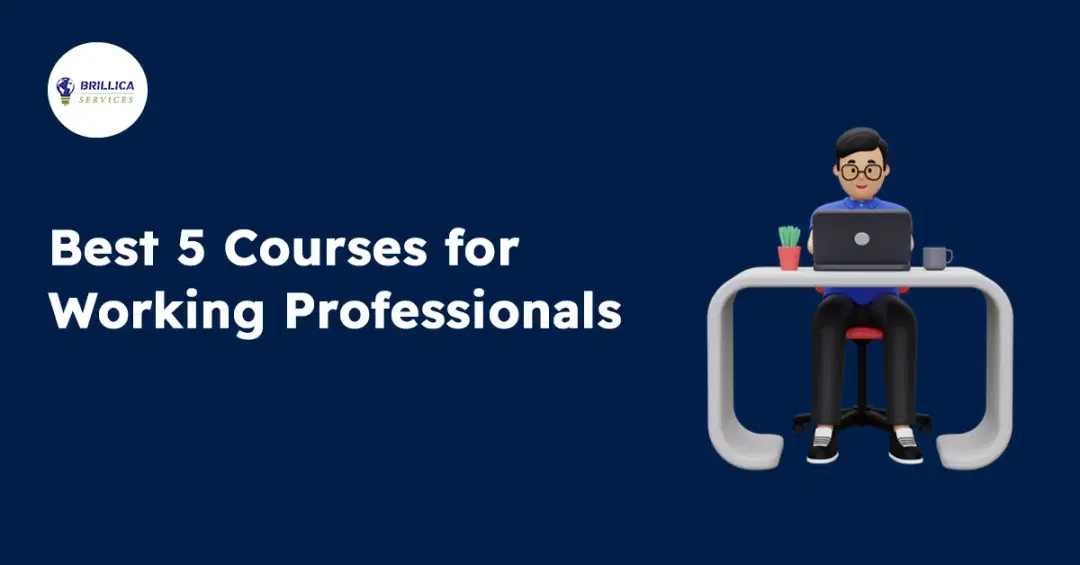Ready to embark on an exciting journey in graphic design? Whether you're a creative enthusiast or aspiring professional, our 10-step guide will teach you how to become a graphic designer and succeed in this dynamic field. With the ever-growing demand for visually appealing content, mastering graphic design skills can open doors to countless opportunities. In this comprehensive guide, we'll walk you through the essential steps to become a graphic design pro.
From understanding the fundamentals of design principles to acquiring the necessary software skills, you'll gain a solid foundation in this dynamic field. We'll also explore the importance of typography, color theory, and layout, teaching you how to effectively communicate your ideas through visual elements. But it doesn't stop there. We'll also cover the importance of building a strong portfolio, finding clients, and staying up-to-date with the latest design trends. Whether you're interested in working as a freelancer or joining a design agency, we've got you covered. Learning how to become a graphic designer is a creative and fulfilling journey. This guide will show you exactly how to get started in just 10 essential steps.
What Does a Graphic Designer Do? Understanding Their Role and Responsibilities
Graphic designers are visual communicators who create designs to convey messages effectively. They work on a variety of projects, such as branding, advertising, digital design, and packaging. A graphic designer's role involves:
- Translating concepts into visual formats.
- Utilizing typography, images, and layout to communicate ideas.
- Collaborating with clients, marketers, and other stakeholders.
- Staying updated with design software and industry trends.
- Graphic designers often specialize in niches like 3D design, web design, or digital illustration, making it essential to choose a path that aligns with your interests and career goals.
Career Opportunities After Becoming a Graphic Designer
There are several career options within graphic design, including:
- Brand Identity Designer: Focuses on creating logos, brand guidelines, and visual identities.
- UI/UX Designer: Focuses on crafting user-friendly interfaces and enhancing user experiences for websites and applications.
- Motion Graphics Designer: Works on animation, video editing, and motion graphics for digital platforms.
- Packaging Designer: Designs product packaging to attract customers and convey brand messages.
Each specialization requires a mix of technical skills and creativity, which you can develop through practice and structured learning, such as a graphic design course with placement.
Essential Skills You Need to Learn How to Become a Graphic Designer
Excelling as a graphic designer requires a combination of technical expertise and creative talent. Key skills include:
1. Technical Proficiency
- Mastering essential tools like Photoshop and Illustrator is a crucial step in how to become a graphic designer.
- Familiarity with tools for 3D design courses and animation.
- Proficiency in web design tools such as Figma or Sketch.
- Understanding basic coding for web design (HTML, CSS).
2. Design Principles
- Grasping key concepts like contrast, balance, and alignment.
- Understanding how to use grids and guides for layouts.
- Familiarity with responsive design techniques for digital platforms.
3. Creativity and Problem-Solving
- Thinking outside the box to create unique visuals.
- Adapting designs to meet client requirements and market trends.
4. Communication and Collaboration
- Effectively conveying ideas through visuals.
- Working seamlessly with teams and clients.
- Presenting designs confidently to stakeholders.
5. Time Management
- Handling multiple projects and meeting deadlines.
- Using project management tools to stay organized.
How to Become a Graphic Designer: 10 Essential Steps.

Step 1: Define Your Goals to Start Your Journey as a Graphic Designer
The first step in learning how to become a graphic designer is defining your career goals and objectives. This helps shape your learning path.
- Are you interested in a specific niche like digital design or branding?
- Do you want to work freelance, join an agency, or start your own business?
- Are you aiming for certifications from a graphic design course with placement?
- Setting clear objectives helps you stay focused and choose the right learning path. Additionally, consider your long-term aspirations, such as transitioning into roles like Creative Director or Art Director.
Step 2: Research and Gather Inspiration
- Study the works of renowned designers and stay updated with design trends. Platforms like Behance, Dribbble, and Pinterest serve as great sources of inspiration.
- Different design styles and techniques.
- Emerging trends in digital design courses online.
- Successful portfolios that resonate with your goals.
- Tips for Gathering Inspiration:
- Keep a mood board to collect ideas and references.
- Study historical design movements like Bauhaus or Art Deco.
- Follow industry leaders on social media to stay informed and gain valuable insights.
Step 3: Choose the Right Design Software and Tools

Familiarize yourself with industry-standard software. Some essential tools include:
- Adobe Photoshop: For photo editing and digital art.
- Adobe Illustrator: For vector graphics and logo design.
- Canva: A user-friendly tool for beginners.
- Blender or Cinema 4D: For those interested in 3D design courses.
- Procreate: A popular app for digital illustration on tablets.
Supplementary Tools:
- CorelDRAW: An alternative for vector design.
- Affinity Designer: Affordable and feature-rich design software.
- These tools form the backbone of your technical skills and are integral to any graphic design course for beginners.
Step 4: Learn the Principles of Design
Understanding design principles is the foundation of good design. Focus on:
- Typography: Understand the influence of font styles and sizes on readability.
- Color Theory: Learn to use colors effectively to evoke emotions.
- Layout and Composition: Develop skills in balance, alignment, and hierarchy for cohesive designs.
- Visual Hierarchy: Master techniques to direct the viewer's focus to essential elements.
Resources to Master Design Principles:
- Enroll in a digital design course online that covers these fundamentals.
- Read design books like The Elements of Graphic Design by Alex W. White.
- Practice by analyzing well-designed advertisements and posters.
Step 5: Start Practicing and Experimenting
Practice is key to mastering graphic design. Start by:
- Recreating designs you admire to understand their structure.
- Experimenting with different styles and tools.
- Undertaking small projects for friends or local businesses.
Practical Exercises:
- Design posters or social media graphics using a theme.
- Create mockups for websites or apps.
- Experiment with creating logos and branding materials.
- Practical experience reinforces learning from graphic design courses for beginners and helps you build confidence.
Step 6: Build a Strong Portfolio

Your portfolio highlights your skills and creativity, serving as a powerful tool for attracting potential clients or employers.
To create a compelling portfolio:
- Showcase a diverse range of projects, including branding, digital illustrations, and more.
- Highlight work done during graphic design courses after 12th or internships.
- Present before-and-after visuals to demonstrate problem-solving skills.
Portfolio Presentation Tips:
- Utilize platforms like Behance or Adobe Portfolio to showcase your work and build your online presence.
- Organize your projects by category or theme.
- Write brief descriptions explaining the concept and process behind each project.
- Portfolios are often a deciding factor in job applications and freelance gigs.
Step 7: Network and Seek Feedback from Professionals
Networking is crucial for growth in the design industry. Steps to build connections include:
- Joining design communities and attending workshops.
- Seeking feedback from mentors or peers.
- Connect with professionals on LinkedIn and showcase your work to expand your network and visibility.
Benefits of Networking:
- Discovering job opportunities and collaborations.
- Receiving constructive criticism to improve your designs.
- Staying motivated by interacting with like-minded individuals.
- Feedback allows you to improve your designs and keeps you motivated.
Step 8: Stay Updated with Industry Trends
Graphic design is an ever-evolving field. Stay ahead by:
- Following blogs, podcasts, and webinars on design tech courses.
- Enrolling in advanced digital design courses online.
- Experimenting with emerging tools like AI-driven design software.
Top Trends to Watch:
- Minimalist and flat design aesthetics.
- Use of 3D elements and motion graphics.
- Integration of augmented reality (AR) in design projects.
Step 9: Apply for Internships or Entry-Level Positions

Gaining hands-on experience through internships or entry-level roles is invaluable.
Look for:
- Opportunities with placement through graphic design courses.
- Roles in agencies specializing in your preferred niche, like digital design or branding.
How to Find Opportunities:
- Check job boards like LinkedIn, Glassdoor, Indeed etc.
- Approach companies directly with a well-crafted portfolio.
- Network with professionals to discover hidden opportunities.
These experiences help you understand the industry and build professional relationships.
Step 10: Continuously Improve and Evolve as a Graphic Designer
Graphic design requires lifelong learning. Keep growing by:
- Taking specialized courses, such as graphic design courses in Dehradun with certifications.
- Expanding your portfolio with diverse and challenging projects.
Personal Growth Tips:
- Set yearly goals to learn new tools or techniques.
- Attend design conferences or webinars.
- Stay curious and explore adjacent fields like photography or animation.
- Adapting to emerging trends and technologies is crucial for achieving long-term success.
Conclusion
Becoming a graphic designer is an exciting and rewarding journey, offering limitless opportunities to express creativity and make an impact. By following these 10 steps, you’ll learn exactly how to become a graphic designer and develop the skills needed to thrive in this creative and competitive industry. Whether you're just starting out or refining your expertise, each step—from setting clear goals to staying current with industry trends—plays a crucial role in your success.
Remember, graphic design is not just about creating visually appealing work; it’s about solving problems and telling stories through visuals. By mastering design principles, building a strong portfolio, and networking with professionals, you can position yourself as a sought-after designer. Additionally, pursuing structured learning like a digital design course online or specialized certifications, such as a graphic design course in Dehradun, can give you an edge in a competitive market.
Moreover, the benefits of becoming a graphic designer extend beyond just career growth. You’ll develop critical thinking, creativity, and the ability to adapt to new challenges. Whether you envision yourself working with top agencies, freelancing, or starting your own design studio, the path you’ve chosen is filled with opportunities to leave a lasting mark.
So, take the first step today. Enroll in a graphic design course for beginners, explore the latest trends, and start building a portfolio that reflects your unique vision. The world of design is waiting for your ideas to come to life—go ahead and make your creative dreams a reality!







